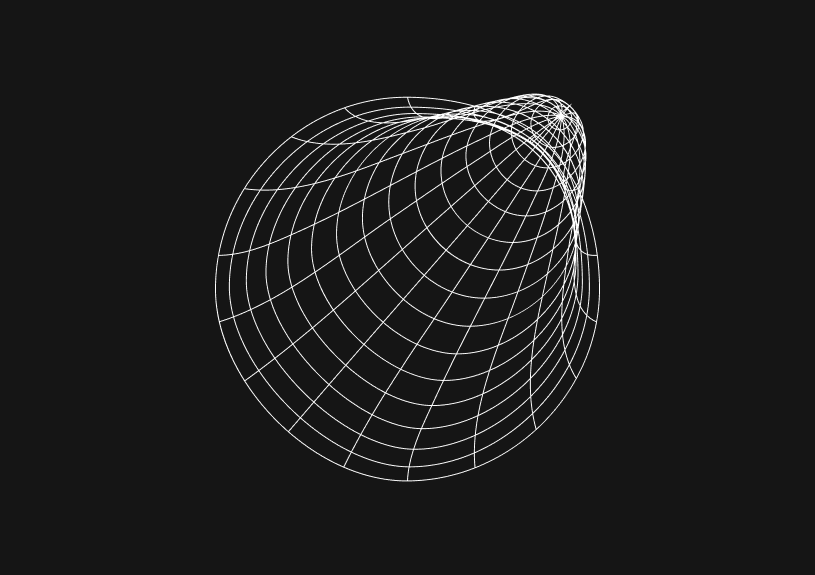
Mastering Data Fetching in React with useQuery Hook
React Query's useQuery hook is a powerful tool for fetching, caching, and updating data in React applications. It simplifies data fetching logic and helps manage server state with ease. This hook automates fetching, caching, background updating, and stale data management, allowing developers to focus on building their UI without worrying about the intricacies of data handling.
How do you use the useQuery hook in React?
To use useQuery, you first need to install React Query in your project:
npm install react-query
Then, you can start using it in your components. Here's a basic example:
import { useQuery } from 'react-query'; function fetchPosts() { return fetch('<https://jsonplaceholder.typicode.com/posts>').then(res => res.json() ); } function Posts() { const { data, error, isLoading } = useQuery('posts', fetchPosts); if (isLoading) return <div>Loading...</div>; if (error) return <div>An error occurred: {error.message}</div>; return ( <ul> {data.map(post => ( <li key={post.id}>{post.title}</li> ))} </ul> ); }
In this example, useQuery accepts two arguments: a unique key for the query ('posts' in this case) and a function that fetches the data (fetchPosts). React Query will take care of executing this function, caching its results, and providing the data, loading state, and any errors through its return value.
What are the steps to configure queries?
useQuery also allows you to customize the behavior of your queries with options. For example, you can specify how often to refetch data, enable query retries, or even provide initial data. Here's how you can do it:
const { data, error, isLoading } = useQuery('posts', fetchPosts, { staleTime: 1000 * 60 * 5, // 5 minutes cacheTime: 1000 * 60 * 60, // 1 hour retry: 1, // Retry failed queries once });
How can you handle query states?
React Query provides multiple states and flags to handle different aspects of the query lifecycle, including:
isLoading: Indicates if the query is in the loading state.isError: Indicates if the query encountered an error.data: Contains the result of the query if it is successful.error: Contains the error object if the query fails.
Leveraging these states allows for solid and user-friendly interfaces by seamlessly handling loading states, errors, and data presentation.
Conclusion
React Query's useQuery hook offers a straightforward and effective way to fetch, cache, and manage server state in React applications. By abstracting away the complexities of data fetching and state management, it lets developers to build faster and more reliable applications. Whether you're fetching simple data or managing complex server state, useQuery provides the tools you need to make data handling in React a breeze.
Invite only
We're building the next generation of data visualization.
How to Center a Table in HTML with CSS
Jeremy Sarchet
Adjusting HTML Table Column Width for Better Design
Robert Cooper
How to Link Multiple CSS Stylesheets in HTML
Robert Cooper
Mastering HTML Table Inline Styling: A Guide
Max Musing
HTML Multiple Style Attributes: A Quick Guide
Max Musing
How to Set HTML Table Width for Responsive Design
Max Musing






